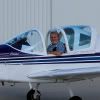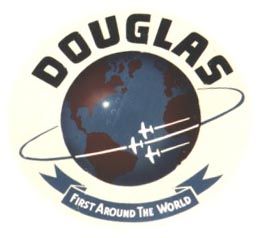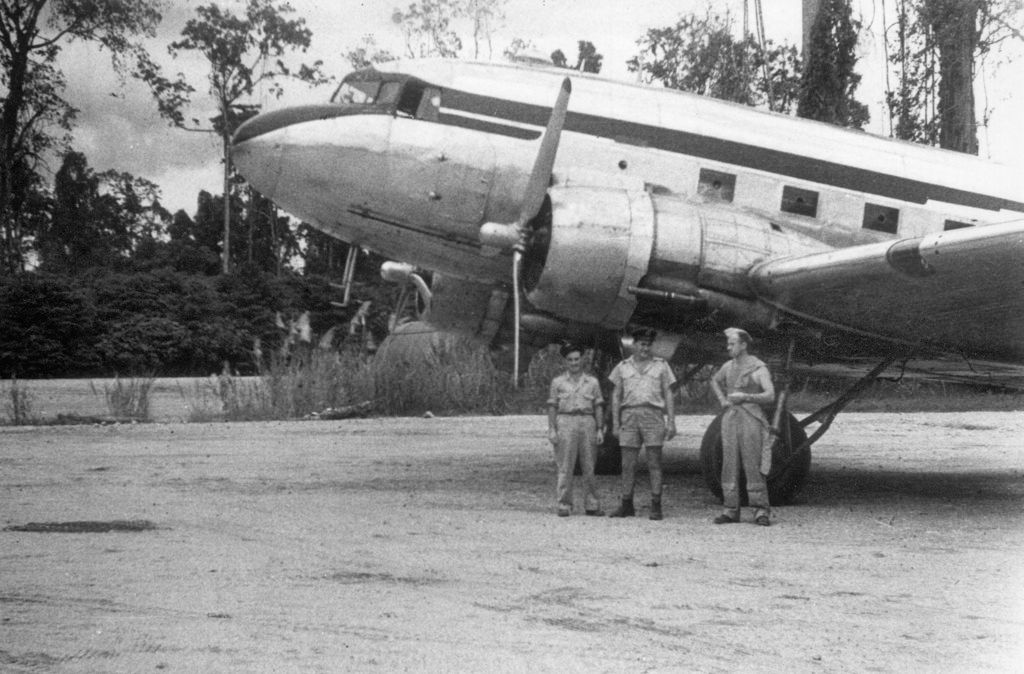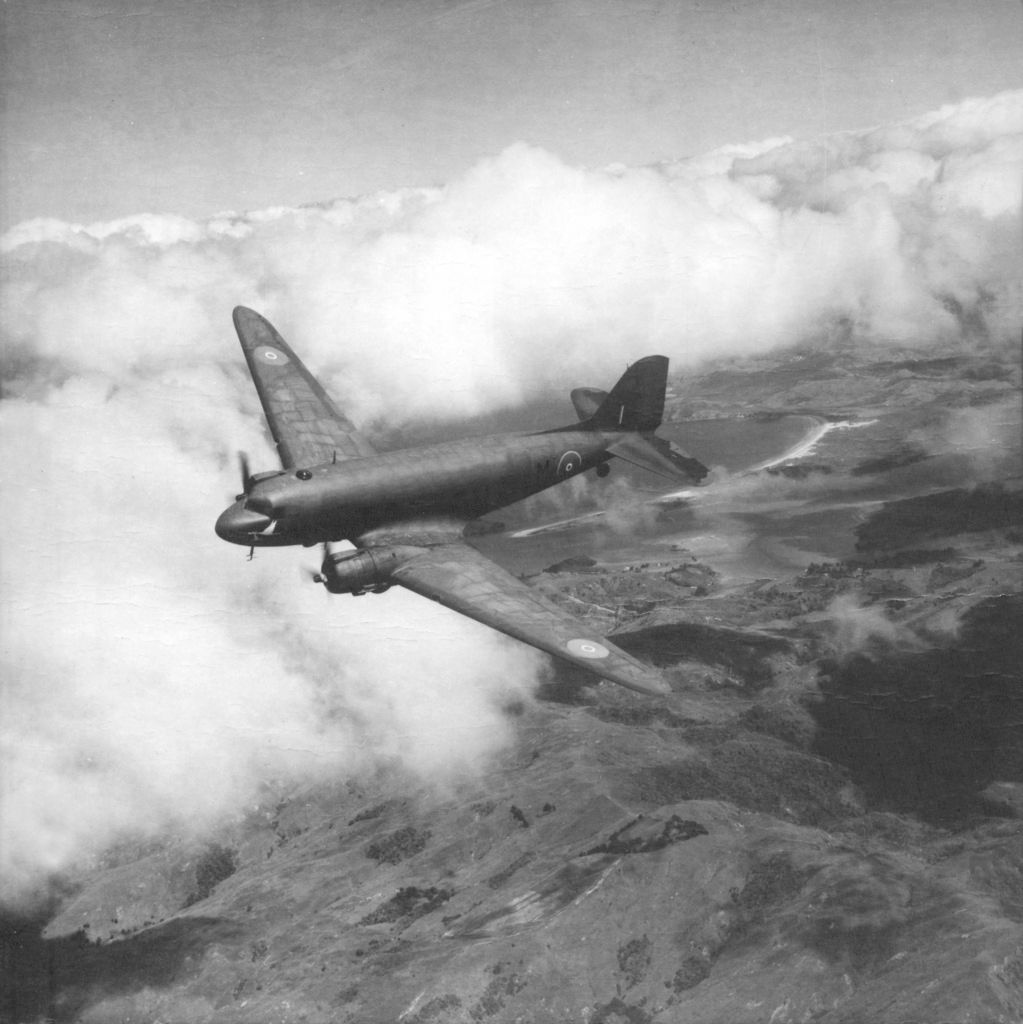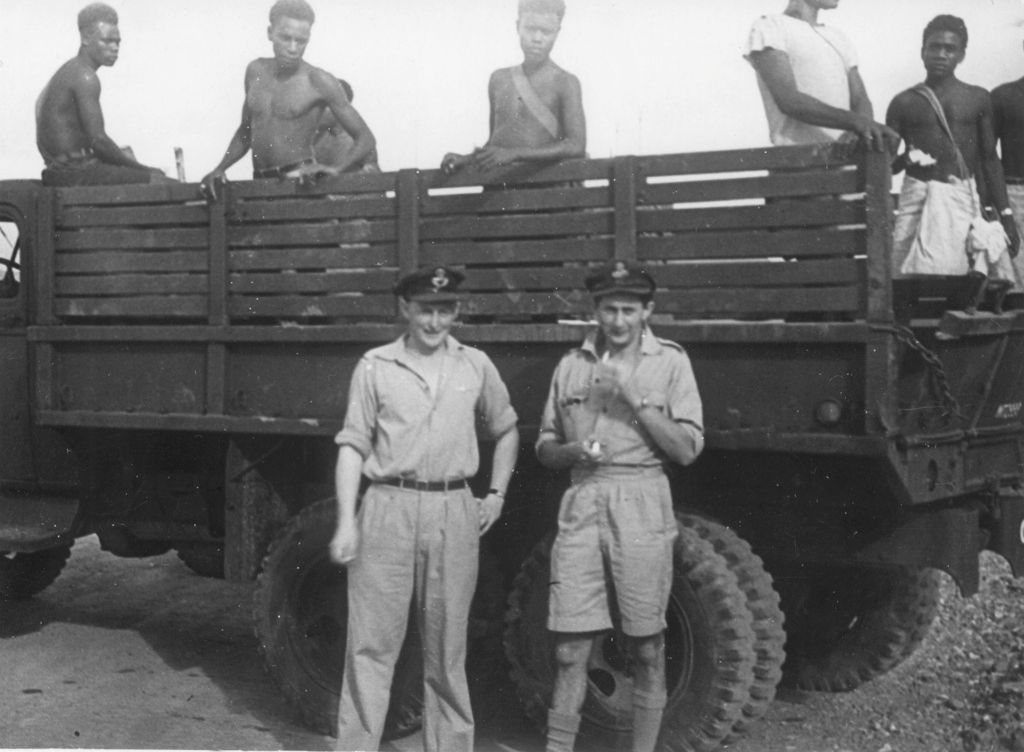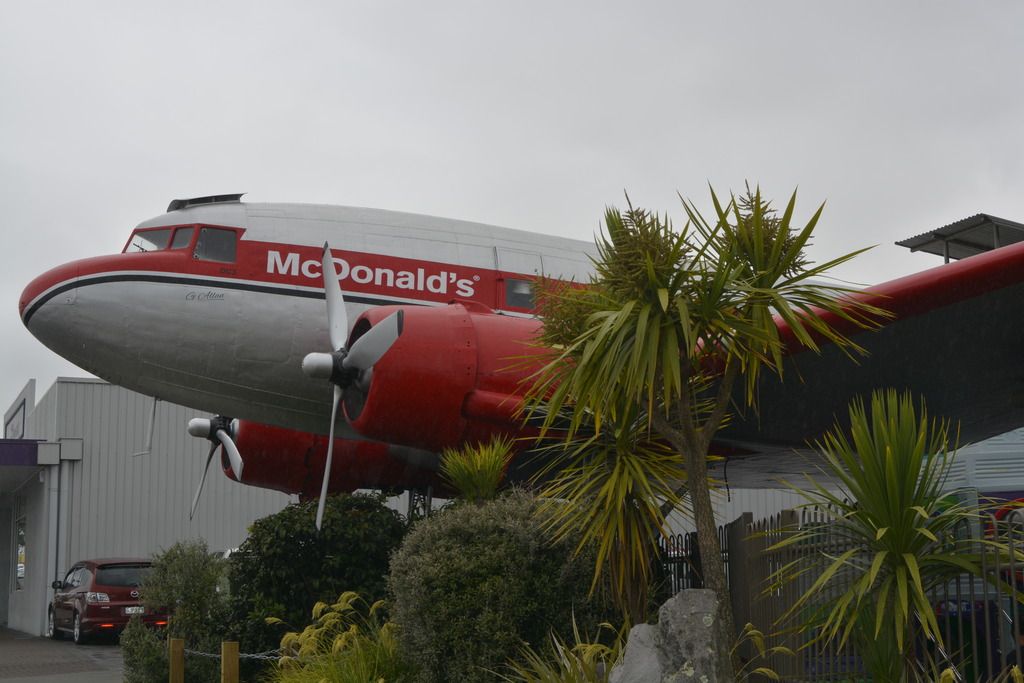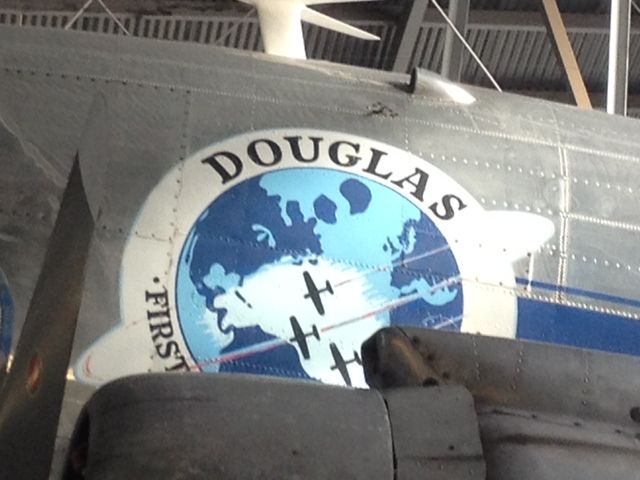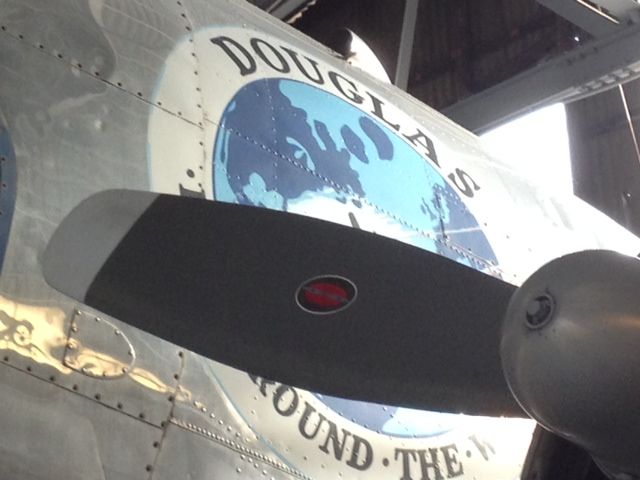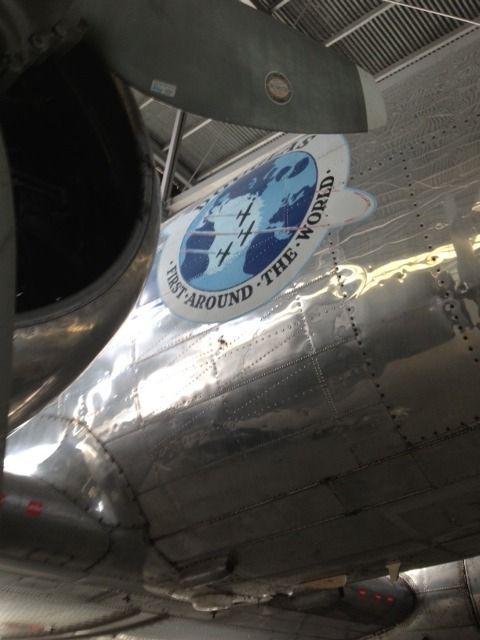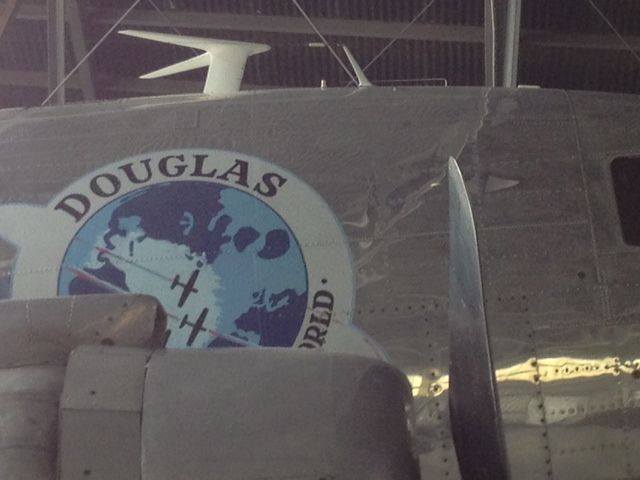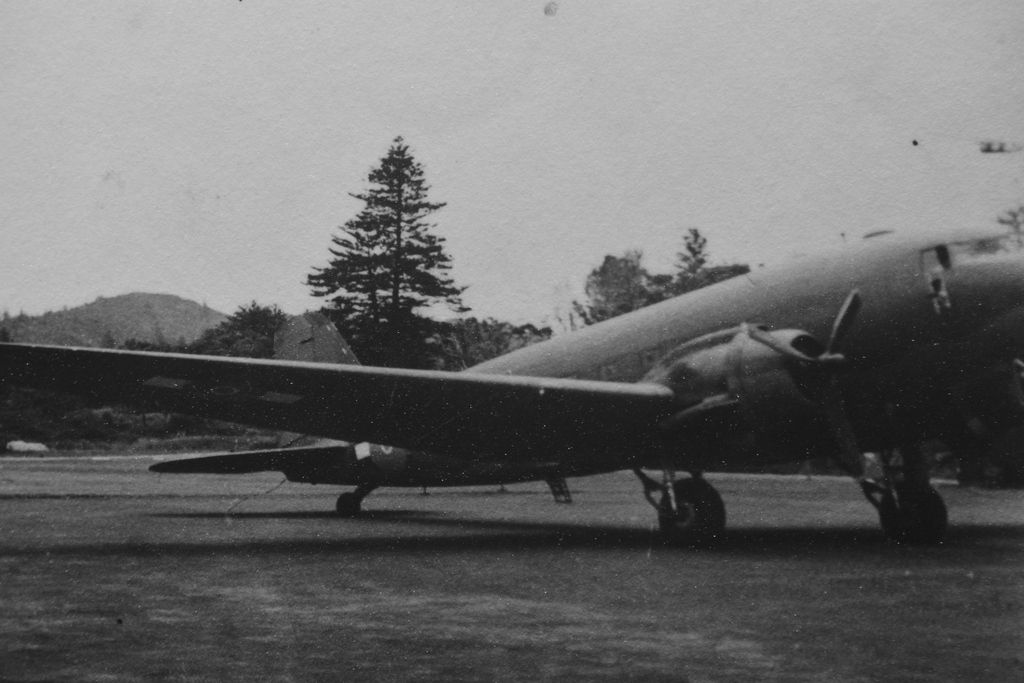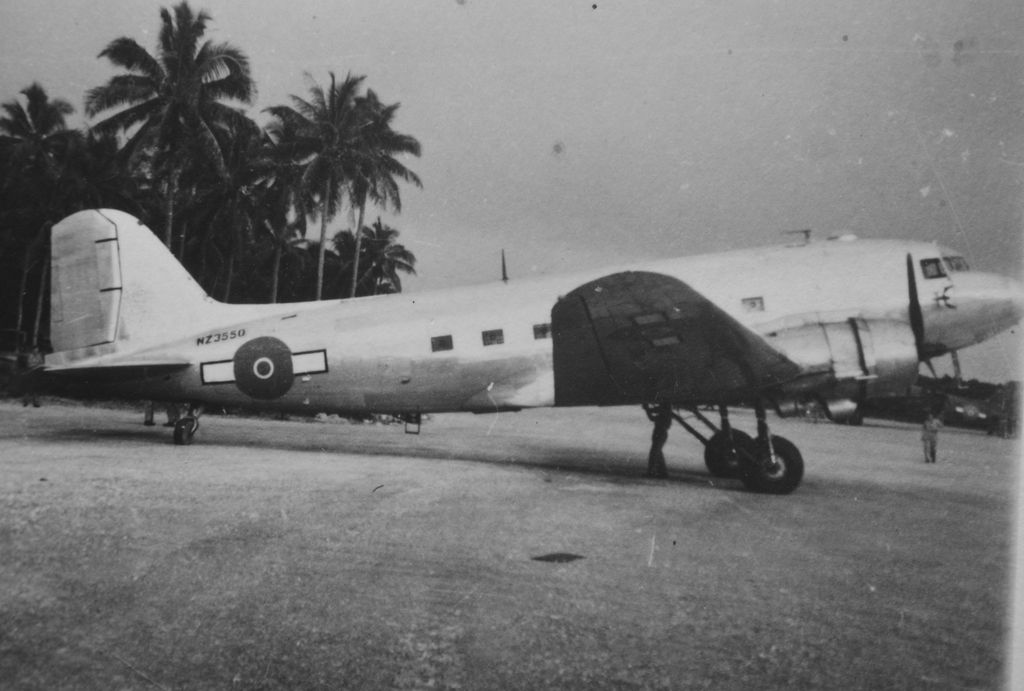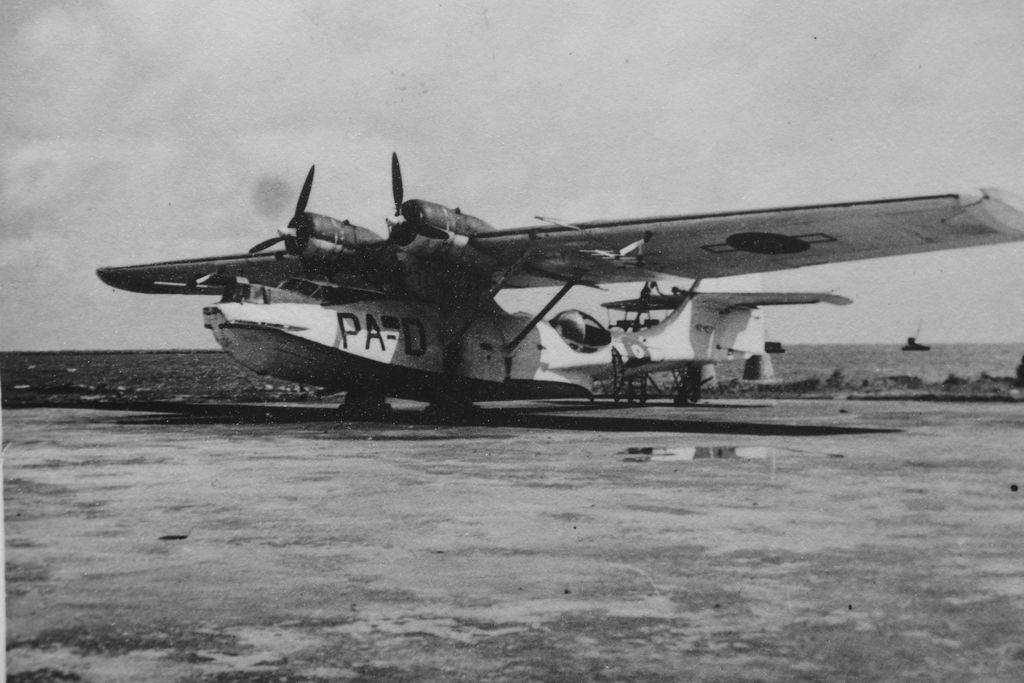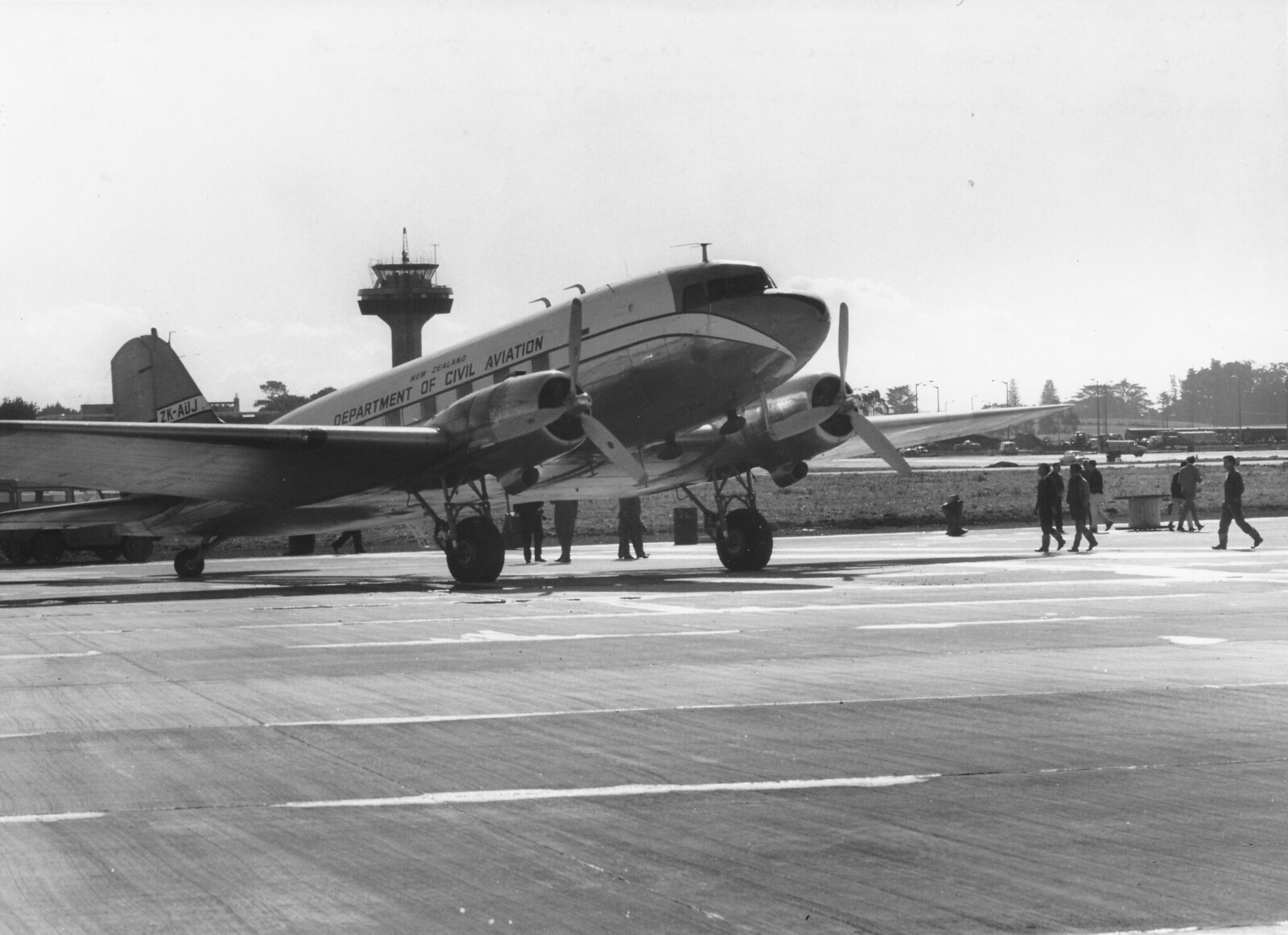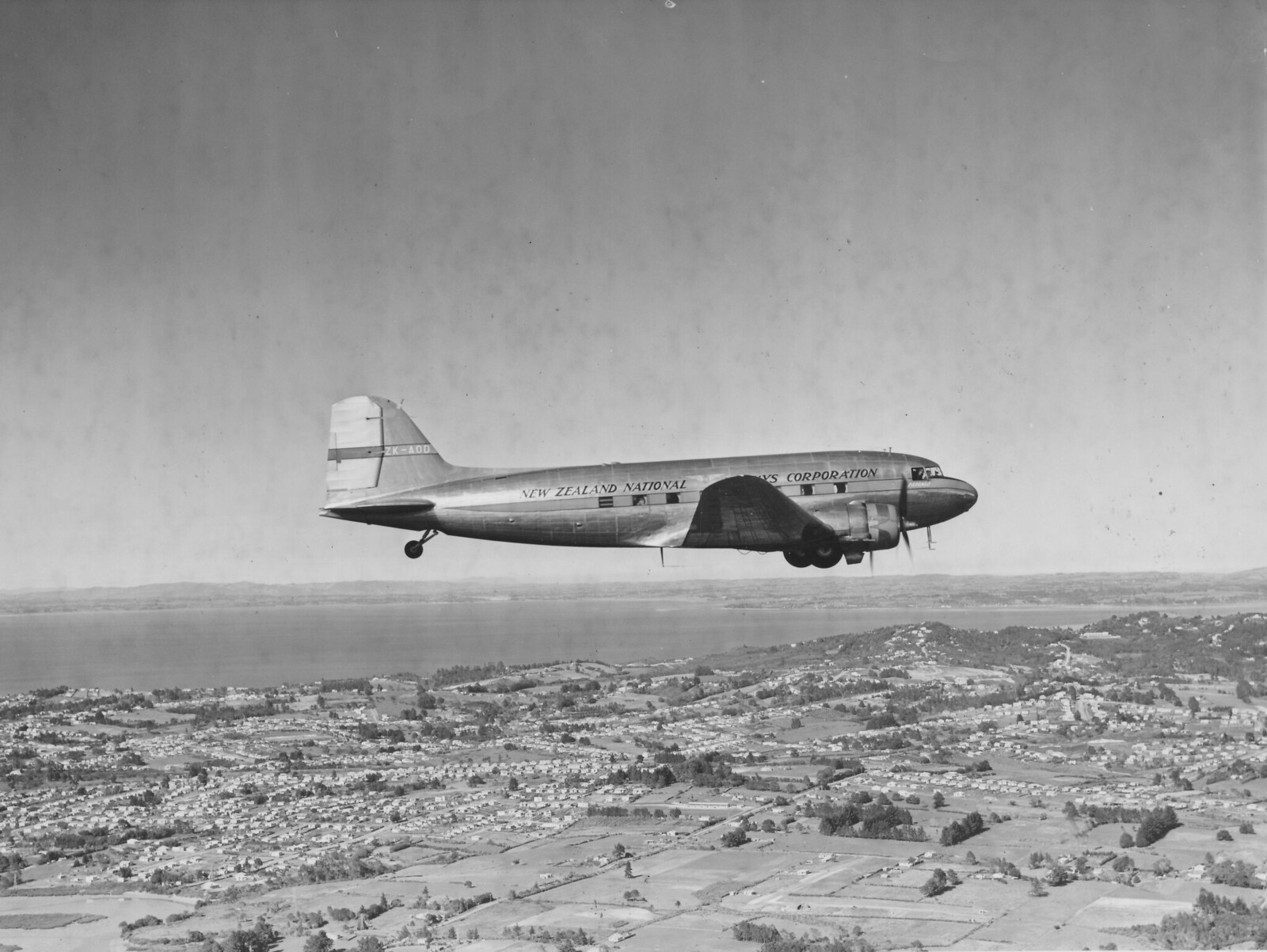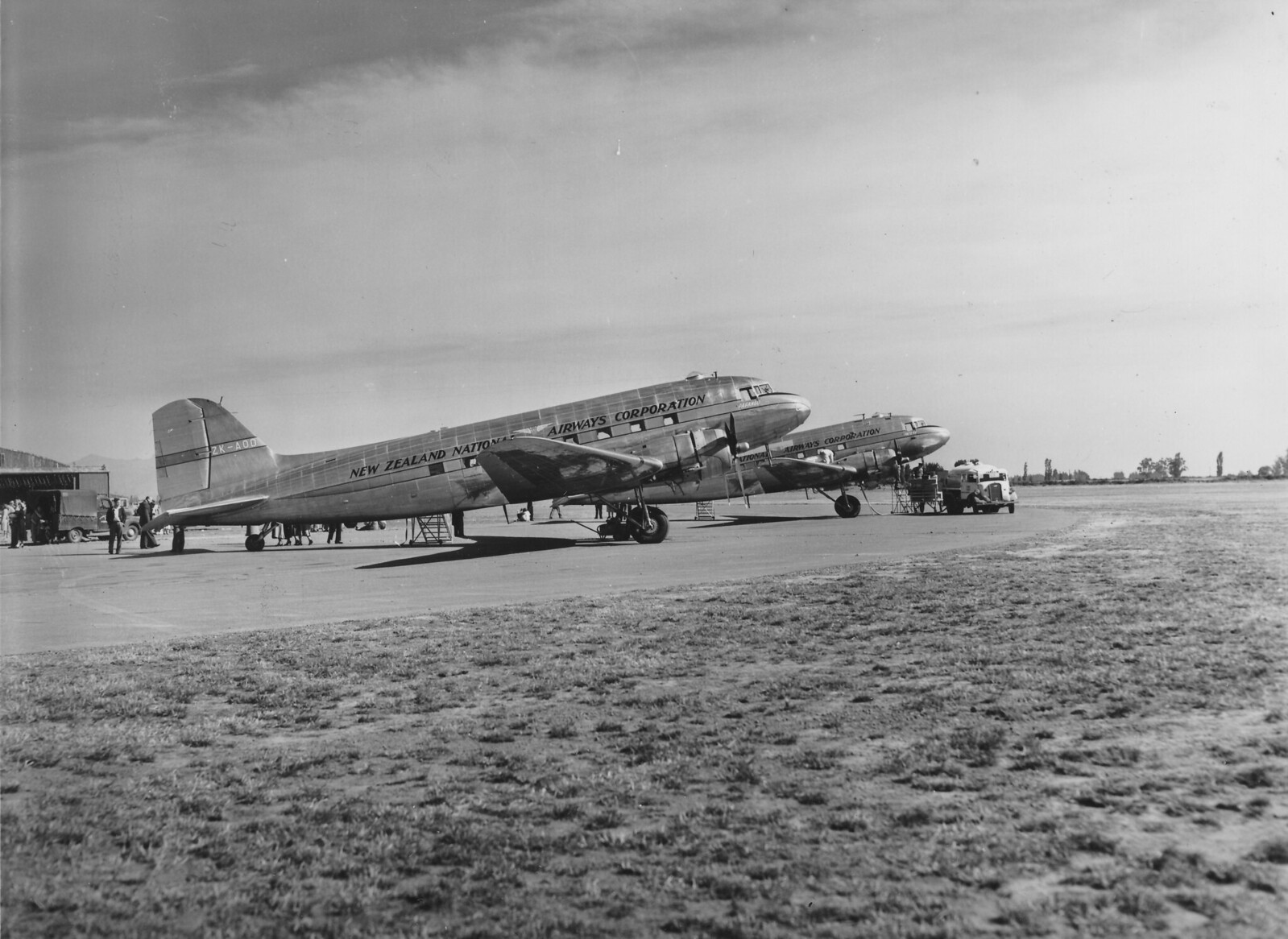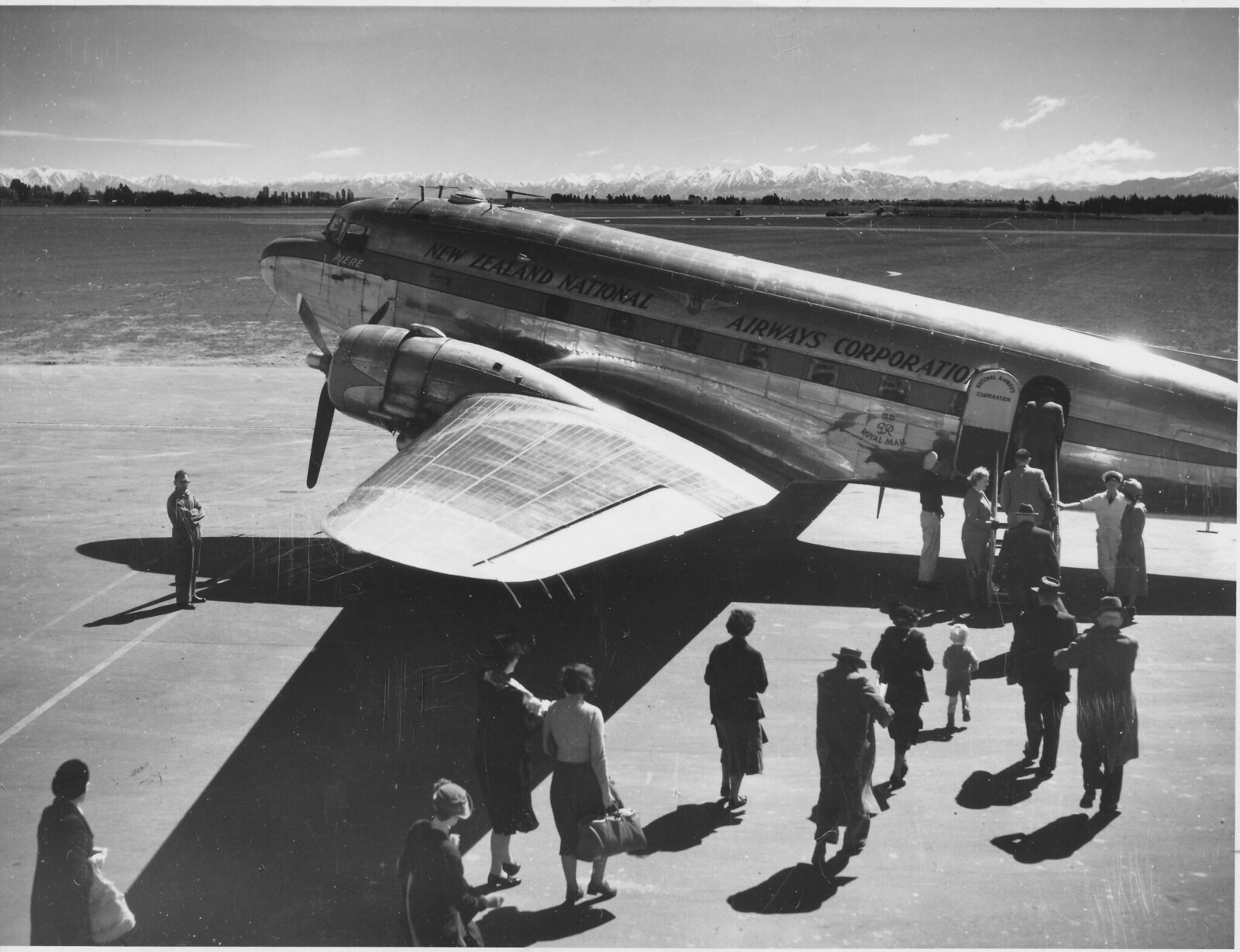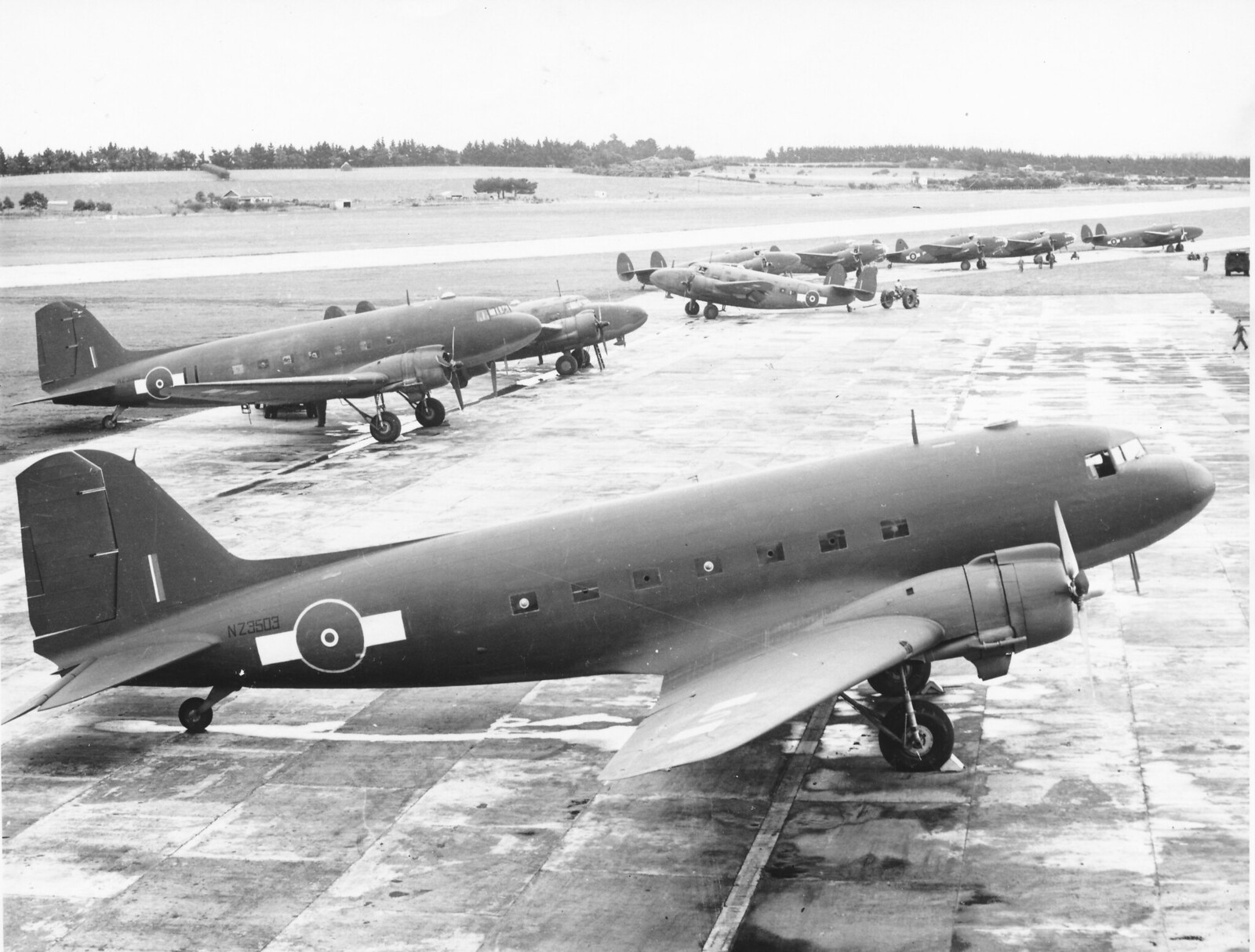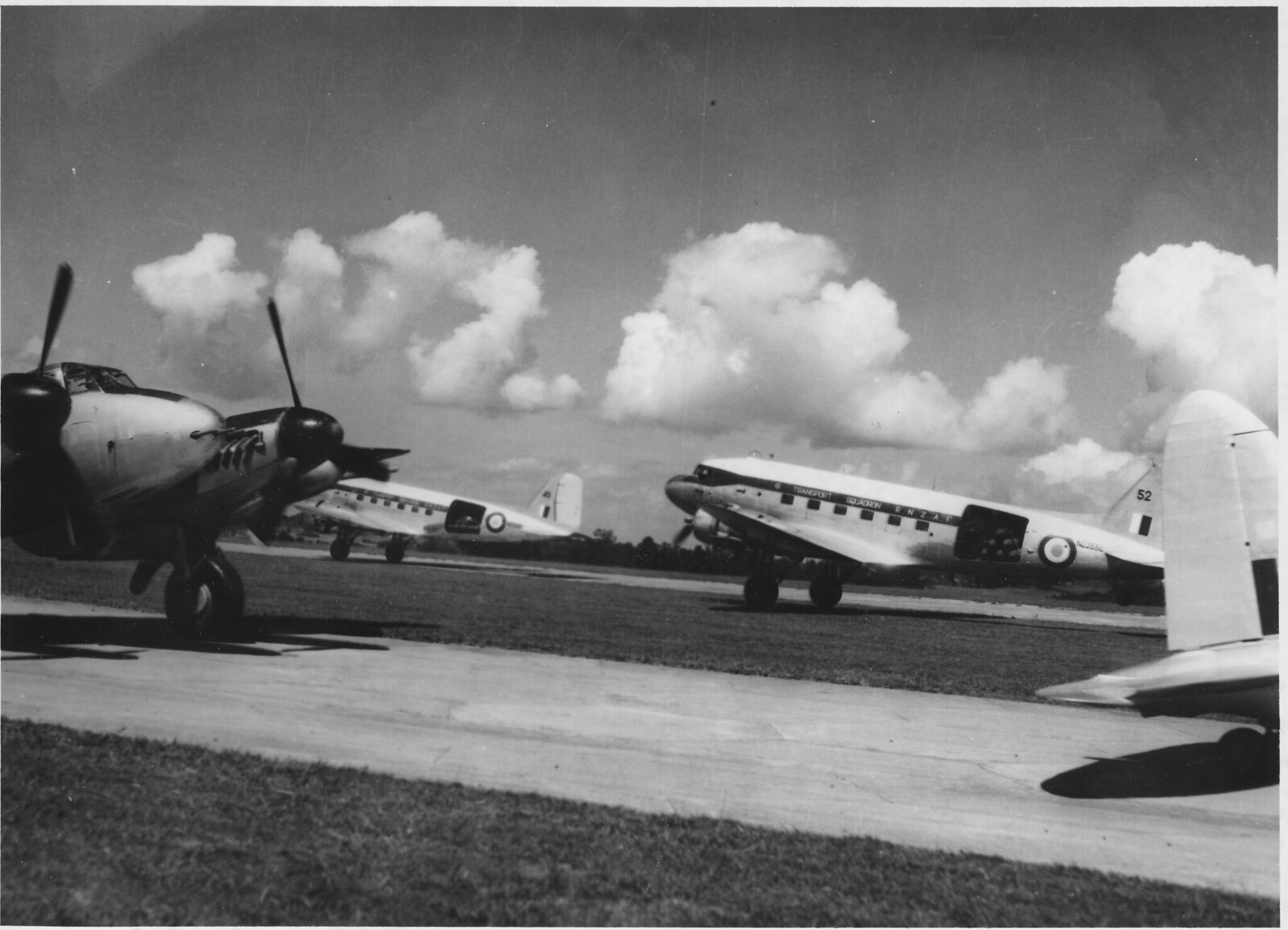Post by davidd on Jun 22, 2016 0:58:59 GMT 12
A query was raised in the ZK-AOE segment, regarding the exact colours of this aircraft. Having clambered around this wreck in the early 1980s, I can say that all the markings we saw on this aircraft were bright red with black edging, although from memory the only markings were the registration letters, name on nose, and the weight details painted in the rear fuselage! However what intrigued me were some of the lighter aerodynamic fairings fitted which were usually removed in later service, including the fairing on the tailwheel leg, and those fitted over the centre-section/outer mainplane flange joints, much like those on a Harvard. I also noticed that, for a freight aircraft, the metal work around the main loading door frame was in remarkably good condition.
Some of the very early DC-3s for NAC (actually registered to the Air Secretary rather then NAC for legal reasons) were added to the NZ civil aircraft register as early as February 1947, and had very simple colour schemes, usually just registration letters and occasionally a name, or a nice blue flash running aft from the cockpit windows - some of these probably had black or red registration letters. Ownership of these aircraft (AOD, E, F, H, I, J, and APK) was transferred to NAC in early June 1947. Some of the freighters, as is clear from early photographs, still had quite a lot of their original USAAF dark olive drab and medium grey camouflage colours firmly adhering to their skins in the first few months of service.
Also worthy of note is that one of the two DC-3s purchased from ANA Melbourne in June 1955 (which subsequently became BKE) arrived at Harewood fitted with 1200 HP Wright Cyclone R-1820 engines, although these were immediately replaced in the workshops by P&W R-1830 Twin Wasps from a newly imported topdressing Lodestar just arrived from the USA, thus matching the rest of NAC's fleet. This was a fortunate coincidence, as the Lodestar owner wished to standardise on Wright Cyclones as fitted to their first Lodestar. ZK-BKE was probably the only such DC-3 ever seen flying in this country, although I think one or two similar aircraft were to be seen aboard ship in the late 1930s, passing through a NZ port en route to Australia (or were they DC-2s?) The later Super DC-3s, as modified from standard aircraft in the early 1950s, were seen in New Zealand in the form of US Navy LC-117Ds (did I get that right?), originally known as R4D-8s, and these were fitted with much later Wright Cyclones of some 1450 HP.
Finally, probably worth pointing out that NAC was rather keen on painting the aircraft manufacturer's logo on most of its fleet, with the Douglas aircraft sporting the famous "First round the World" globe on the vertical fin, while the Lockheed aircraft had that company's "leaping stars" in a similar location. The Herons definitely had the simple "DH" logo (with small frontal view of an aircraft superimposed) on their vertical tails, and I think something similar was on the Dominies, perhaps marked on the outer interplane struts. The formal NAC badge and Royal Mail logos in various forms were other small but interesting details to be seen from the late 1940s and into the 1960s, although the Godwit symbol took over with the arrival of the Viscounts and Friendships in the late 1950s/early 60s.
David D
Some of the very early DC-3s for NAC (actually registered to the Air Secretary rather then NAC for legal reasons) were added to the NZ civil aircraft register as early as February 1947, and had very simple colour schemes, usually just registration letters and occasionally a name, or a nice blue flash running aft from the cockpit windows - some of these probably had black or red registration letters. Ownership of these aircraft (AOD, E, F, H, I, J, and APK) was transferred to NAC in early June 1947. Some of the freighters, as is clear from early photographs, still had quite a lot of their original USAAF dark olive drab and medium grey camouflage colours firmly adhering to their skins in the first few months of service.
Also worthy of note is that one of the two DC-3s purchased from ANA Melbourne in June 1955 (which subsequently became BKE) arrived at Harewood fitted with 1200 HP Wright Cyclone R-1820 engines, although these were immediately replaced in the workshops by P&W R-1830 Twin Wasps from a newly imported topdressing Lodestar just arrived from the USA, thus matching the rest of NAC's fleet. This was a fortunate coincidence, as the Lodestar owner wished to standardise on Wright Cyclones as fitted to their first Lodestar. ZK-BKE was probably the only such DC-3 ever seen flying in this country, although I think one or two similar aircraft were to be seen aboard ship in the late 1930s, passing through a NZ port en route to Australia (or were they DC-2s?) The later Super DC-3s, as modified from standard aircraft in the early 1950s, were seen in New Zealand in the form of US Navy LC-117Ds (did I get that right?), originally known as R4D-8s, and these were fitted with much later Wright Cyclones of some 1450 HP.
Finally, probably worth pointing out that NAC was rather keen on painting the aircraft manufacturer's logo on most of its fleet, with the Douglas aircraft sporting the famous "First round the World" globe on the vertical fin, while the Lockheed aircraft had that company's "leaping stars" in a similar location. The Herons definitely had the simple "DH" logo (with small frontal view of an aircraft superimposed) on their vertical tails, and I think something similar was on the Dominies, perhaps marked on the outer interplane struts. The formal NAC badge and Royal Mail logos in various forms were other small but interesting details to be seen from the late 1940s and into the 1960s, although the Godwit symbol took over with the arrival of the Viscounts and Friendships in the late 1950s/early 60s.
David D



